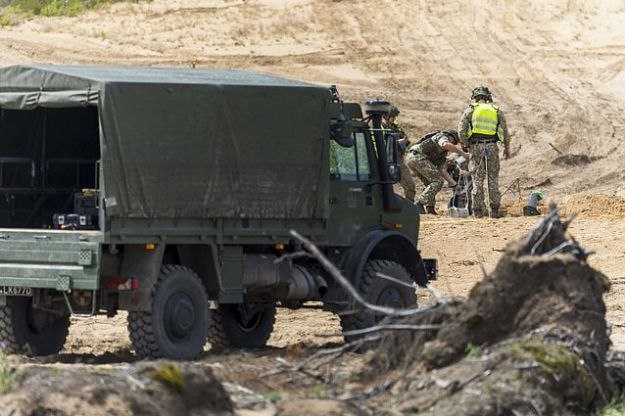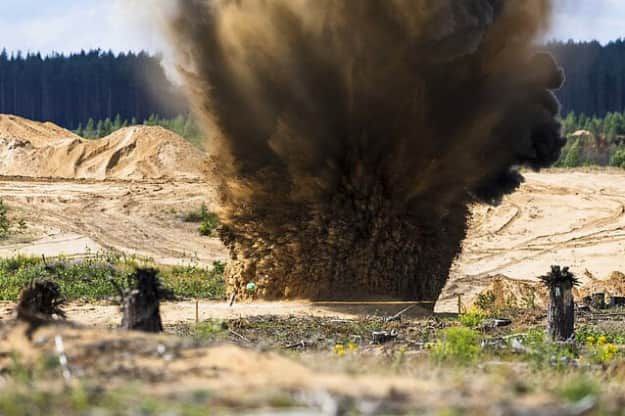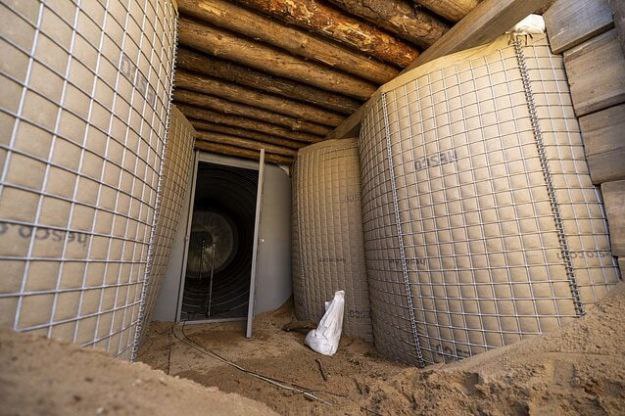Lithuania Tests Bunker Materials, Drawing Lessons from Ukraine

Lithuanian armed forces are conducting large-scale testing of various bunker materials at a military training ground in Pabradė, using insights gained from Ukraine's battlefield experience.
The Gaze informs on it, referring to LRT.
The tests simulate explosions of standard Russian artillery shells.
Following each detonation, military engineers evaluate internal conditions in the bunkers, including pressure levels, noise, and wall vibration, to assess whether shelters remain genuinely protective, even when externally intact.
The goal is to identify the most effective and cost-efficient materials for future fortifications.
The project is part of the development of new company-level strongpoints in Pabradė and at the Gen. Kazys Veverskis training area in Kazlų Rūda.
These fortified lines, each over one kilometer long, are designed to support units of around 120 soldiers in defensive operations. Once completed, they will also be used for tactical training on defending prepared positions.


Lithuanian officials say the trials are informed by both NATO standards and the lessons learned from Ukraine’s war with Russia, particularly the need for shelters that can withstand sustained artillery barrages.
The most successful materials from these tests will be included in Lithuania’s engineering toolkit for bunker and defense infrastructure construction.
In parallel, in June, Finland hosted its first Arctic Trident exercises, bringing together NATO air forces for a trilateral drill.
As The Gaze reported earlier, in Lublin the Foreign Ministers of Ukraine, Lithuania, and Poland convened to mark the 5th anniversary of the Lublin Triangle – a political and security alliance that has evolved into a cornerstone of Eastern European cooperation.